Bigger Isn’t Better with Influencers
Authored by Ankit Agarwal, Founder, Do Your Thng
The absence of traditional ads and heavily slashed marketing spends, finally established that bigger is not always better when it comes to influencers.
Brands entered 2020 roaring to spend heavily on marketing. A microscopic yet might virus put paid to those plans. Yet, even as the power of traditional ad mediums tanked, the value of digital avenues rose due to the spike in social media use since the pandemic began.
Kantar reports that engagement on social platforms has soared by an eye-watering 61% and usage of Instagram and Facebook in the most coveted demographic, 18 to 34 years, has jumped over 40%.
With traditional advertising out of the picture, brands altered course and began focusing on influencer marketing, one of the few options at hand. But even the creator-led niche was not free from the vagaries of the outbreak.
The consumer no longer deemed the glamorous content of erstwhile popular mega-influencers as tasteful. The content doesn’t drive engagement that results in sales anymore. What does work is authentic and meaningful content from people they can trust – micro-influencers.
Meet the micro-influencer
Micro-influencers are regular, everyday people who are always a perfect fit for brands of every kind and size. With a dedicated following of somewhere around 1,000 to 50,000 users, their niche is generally travel, food, consumer goods or fashion.
Because micros publish content about things they love, their voices are credible and followers trust what they endorse. 82% of people accept they are highly likely to follow a micro-influencers’ recommendation.
Why are brands focusing on encashing micro-influencers?
Influencers who could deliver little value to brands outside of double taps, regardless of high follower count, were already on the decline. The COVID-19 outbreak just accelerated the trend and, in the gap, stepped in micro-influencers with their relatable content.
One reason brands are now encashing on these small creators is the audience perception of “people like me.” In a world when skipping advertisements has become muscle memory for people and celebrity endorsements are a thing of past, micro-influencers cut through with authenticity. When they post sponsored content, it doesn’t feel like an ad to the consumer. It appears like a peer sharing a personal opinion about the brand.
But there is more to why micro-influencers make the obvious choice for brand promotion.
They’re less expensive.
The financial strain brands feel led to limited marketing budgets. With reduced funds, you can’t rope in a celebrity, but you can partner with a series of micro-influencers.
Given that creators have reduced rates due to lack of work in the current times, micro-influencer campaigns give you further leeway. You can afford to test which creator and what content works best and then optimise future marketing efforts.
You can re-engage with creators who give best results for repeat exposure. Over time, these creators become a natural network of true ambassadors – a marketing hallmark all brands desire.
They’re more engaged.
The real value of micro-influencers comes from engagement rates, which can be 60% higher than their bigger counterparts. Because these creators are true brand fans and passionate about their niche, they engage and converse more with their followers (22.2X to be precise). A more engaged audience means more sales for you.
They’re better content producers.
Bigger influencers are accustomed to writers, editors, and the whole shebang, while micro-influencers are adept at doing it all. With the home-bound situation, it made the smaller influencers the superior content generator. For brands, this calibre is an invaluable string in the bow because it alleviates costs while driving performance.
They’re hyperlocal.
When compared to celebrities, followers of smaller influencers are either in the same geographical location (think college, city, state) or interested in the same niche (think vegan cooking or sustainable living). Since micro-influencers have a concentrated audience, they give brands the window to reach a hyper-specific market, a tremendous advantage in the present scenario.
They’re more accessible now.
Influencers with huge following caught the first wave of digital ad spends not merely because of their reach but also because they were easier to find. Locating micro-influencers that fit the brand and then coordinating with all of them for a campaign meant a fair amount of effort on your part.
Now, tech platforms and creator-first communities have made micro-influencers accessible. You can connect with dozens of micro-influencers through online marketplaces in the same time it takes to partner with one celebrity.
The Brass Tacks
It seems counterintuitive to partner with influencers who have a smaller audience, but bigger following is not more advantageous in influencer marketing. It is the quality content and engagement that matters.
Micro-influencers are at a stage where the community is still exceedingly engaged, and they have accrued sufficient experience to generate high-quality content. And the cost of one sponsored post from a celebrity with over 5 million followers is the same as partnering with 20+ micro-influencers.
Rather with the former, you are restricted to a half-hearted audience. With the latter, you reach a variety of audiences with sharply higher engagement rates. It makes micro-influencer campaigns the most cost-effective marketing approach, something more critical than ever before.






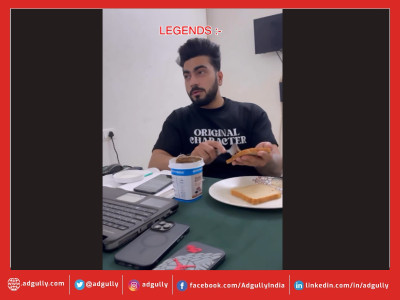
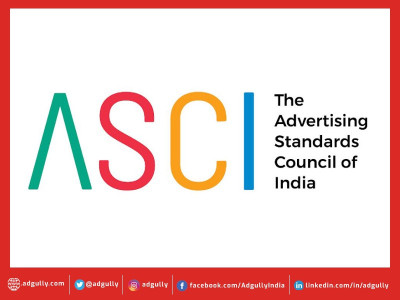



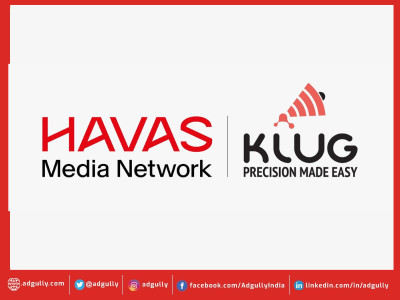
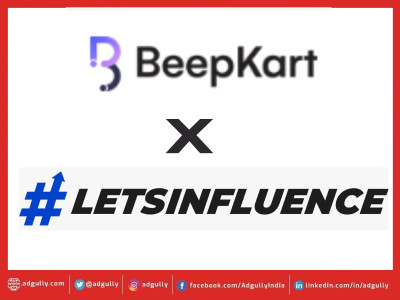

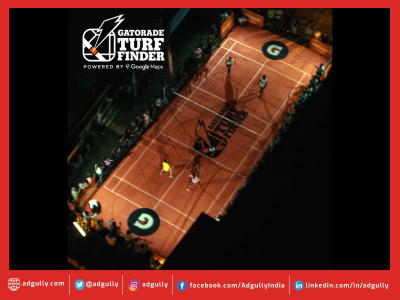


Share
Facebook
YouTube
Tweet
Twitter
LinkedIn